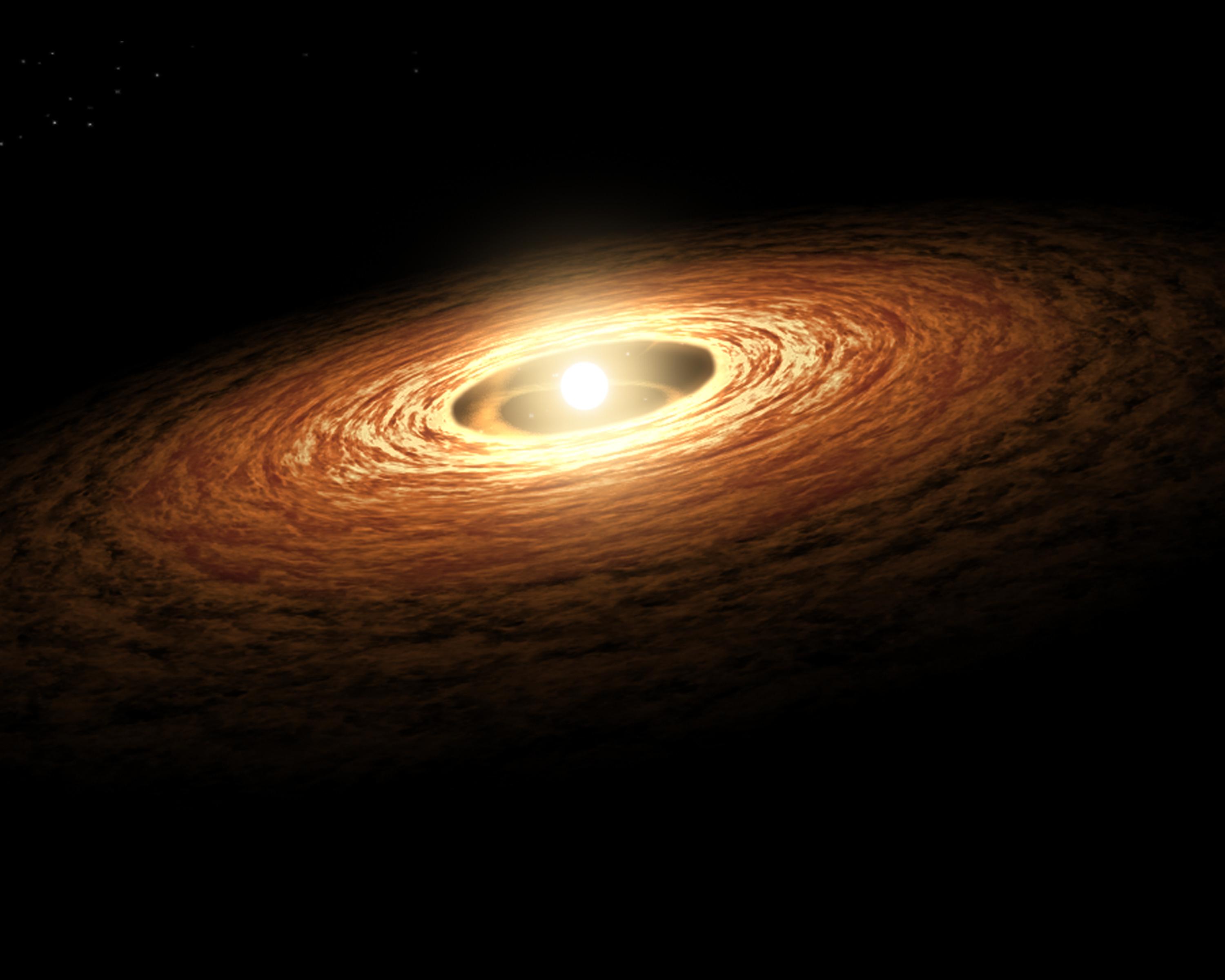NASA citizen scientists turn to virtual reality to explore galaxy in a new way; present first discoveries

- Country:
- United States
At the 240th meeting of the American Astronomical Society (AAS) in Pasadena, California, NASA's Disk Detective citizen scientists presented their first virtual reality-enabled discoveries, including the ages of 10 stars with dusty disks, on Tuesday, June 14.
NASA's Disk Detective program allows volunteers to collaborate with professional scientists to help search for dusty disks around nearby stars, revealing clues to the early lives of stars and the ingredients of planets.
A team led by Thomas Grubb at NASA's Goddard Space Flight Center in Greenbelt, Maryland, developed a custom virtual reality program, called PointCloudsVR, for Disk Detective to help scientists explore the galaxy in a brand new way.
Susan Higashio, lead author of the Disk Detective team's new paper, and colleagues found 10 of the citizen-science star discoveries in young stellar associations, allowing them to determine the ages for each dusty disk star, ranging from about 18 to 133 million years old. One of these stars has proven to be an oddball because it seems to have too much dust for its age of 45 million years.
They also identified a young, previously unknown stellar association - the team informally calls this group “Smethells 165” after the name of its brightest star, cataloged by astronomer William George Smethells.
"Young stars like the ones we study often form in groups – and when we view our data in VR it enables us to see things from a new perspective. It can be easier to spot these groups," said Susan Higashio, who flew through the Milky Way with a VR headset strapped to her face.
NASA Disk Detective #CitizenScientists have turned to #VirtualReality to explore the galaxy in a brand new way. Today, they presented their first VR-enabled discoveries, including the ages of 10 stars with disks, at the #AAS240 Summer Conference. Read on: https://t.co/64QMh5i9mj
— NASA Citizen Science (@DoNASAScience) June 14, 2022










